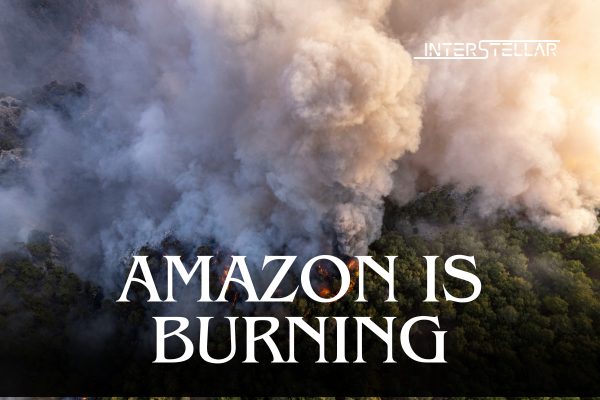Protecting the Amazon Rainforest is Key to Fighting Climate Change
Scientists agree that preserving the Amazon rainforest is essential in the fight against global warming. However, new data released on Wednesday shows that large portions of the rainforest crucial to stabilising the world’s climate remain unprotected.
Lack of Protection for Critical Areas
According to an analysis by the nonprofit organisation Amazon Conservation, almost 40% of the Amazon’s most important regions for mitigating climate change lack government protection. These areas are not designated as nature reserves or indigenous lands. The study highlighted that critical unprotected zones are located in the southwest of the Amazon, particularly in Peru, as well as in the northeast, covering parts of Brazil, French Guiana, and Suriname.
The regions identified contain the densest and largest trees, which contribute to the most continuous canopy cover. This canopy holds substantial amounts of carbon. If these trees were lost due to deforestation or fire, it would release harmful greenhouse gases into the atmosphere, further accelerating climate change.
Identifying and Mapping High-Carbon Areas
Matt Finer, head of the Monitoring of the Andean Amazon Project (MAAP) at Amazon Conservation, explained the significance of these findings. “It provides a roadmap for protecting the highest carbon areas in the Amazon,” he said. These regions represent some of the most pristine parts of the rainforest that remain.
Amazon Conservation worked with the satellite imaging company Planet to gather this data. They used laser technology to create a three-dimensional view of the forest and applied machine learning models to analyse it. The analysis focused only on carbon stored in aboveground vegetation, excluding carbon stored in roots and soil.
Current Protection Levels Vary by Country
MAAP’s analysis reveals that 61% of high-carbon areas in the Amazon are currently protected as indigenous reserves or other conservation lands. However, in Brazil, Suriname, and French Guiana, only 51% of these critical areas are protected. In contrast, Peru safeguards a higher proportion of its peak carbon areas. Unfortunately, some unprotected zones have been designated for logging, posing a threat to the rainforest’s future.
A previous MAAP report estimated that the Amazon contains 71.5 billion tonnes of carbon, which is roughly double the world’s carbon dioxide emissions for 2022. This indicates that the rainforest plays a crucial role in storing carbon. While there is ongoing debate, some studies suggest that the Amazon might be releasing more carbon than it absorbs, raising concerns about its future impact on global climate patterns.





